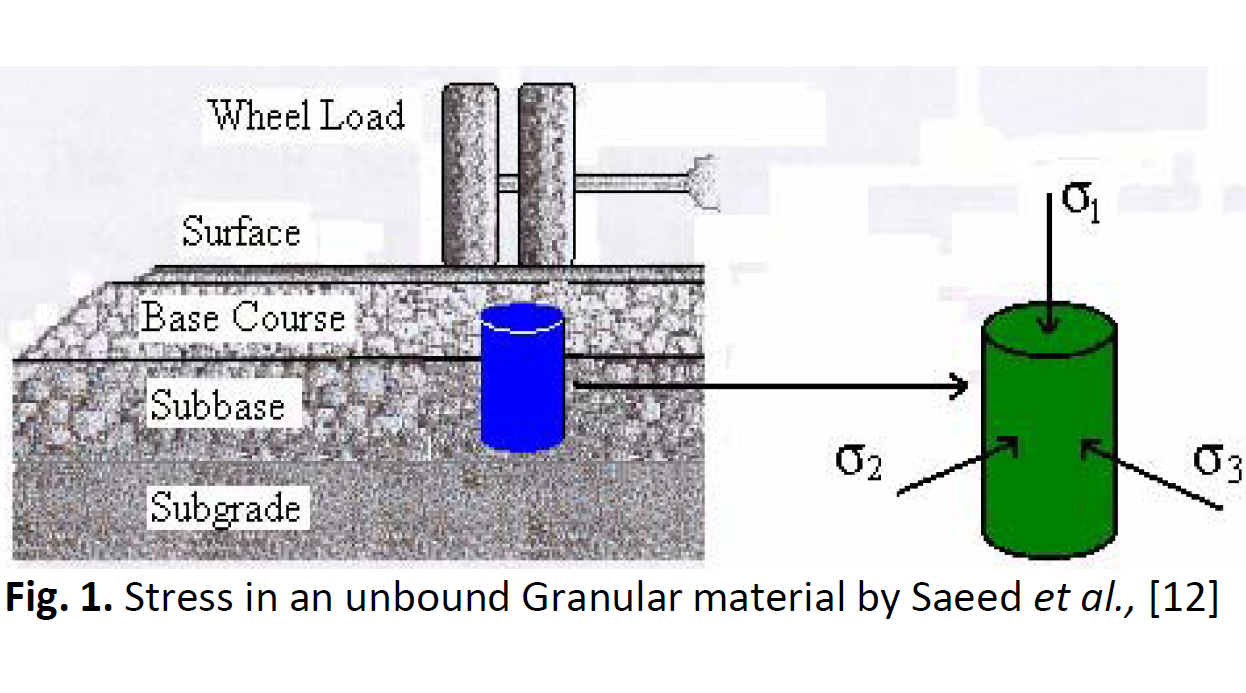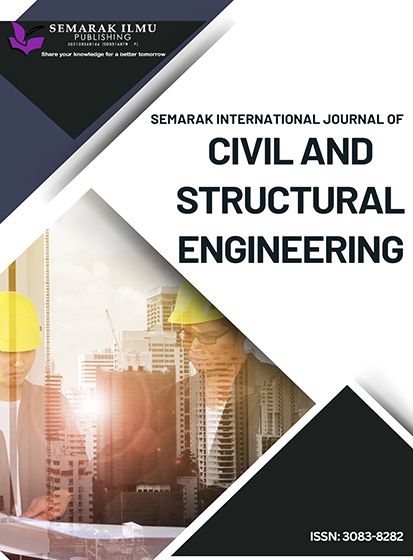Investigating the Density of Granular Materials for Road Base Performance
DOI:
https://doi.org/10.37934/sijcse.5.1.4454Keywords:
Granular Materials, Repeated Triaxial Test, Resilient Modulus, MICH-PAVEAbstract
Inadequate compaction of road base layer can induce to permanent deformation and fatigue cracking in pavement structure which resulted to pavement deterioration and reducing its lifespan. This study focuses on the investigation the effect of density and level of stress on road base granular material under repeated load application. The gradation specification for road base compaction at optimum moisture content was 90% and 95% of maximum dry density. The granular aggregate was poured into a mould of 100 mm diameter and 200 mm height and compacted by applying 4.5 kg hammer at the desire density. The extruded specimens were tested for repeated triaxial load tests using the universal testing machine. The result shows that the increase of 90% to 95% of maximum dry density granular material has increased the resilient modulus value from 2126.0 kg/m3 to 2246.0 kg/m3, respectively. The MICH-PAVE analysis shows increasing of granular densification has increase the fatigue life in asphalt pavement and reduced rut depth of the road base layer. This is due to less void between aggregates particles thus increased their density. It can be concluded that the increasing of compaction effort of road base granular material has increased maximum dry density and subsequently improving the resilient modulus value and fatigue life for better resistance to rut depth in road pavement.









